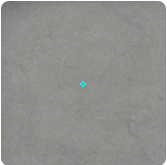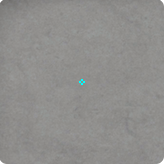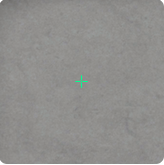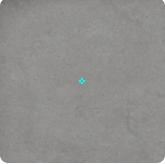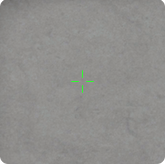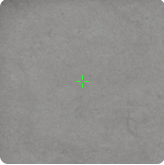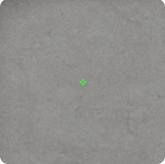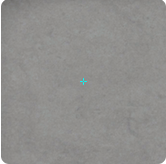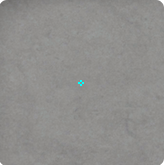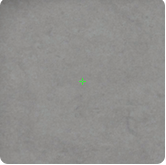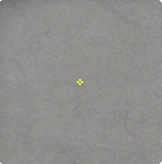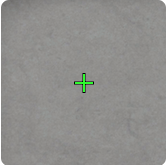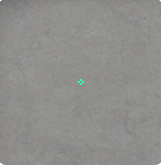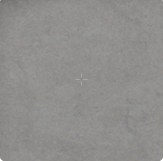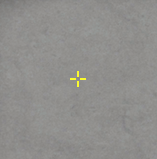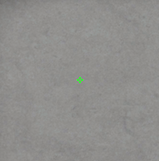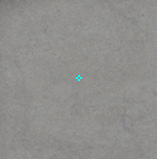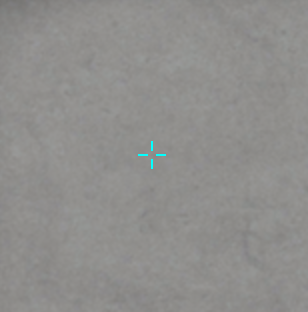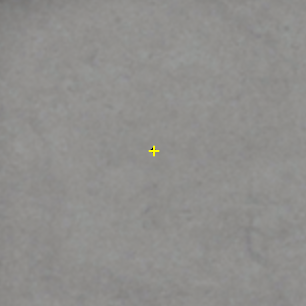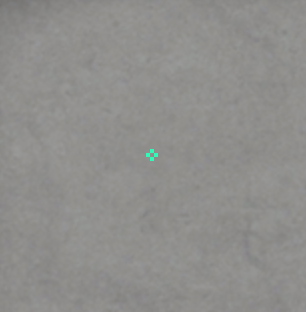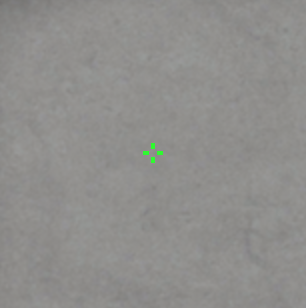Best CS2 Crosshair Codes Used by Pros
The best CS2 crosshair codes used by pros are configurations that eliminate distractions while improving aiming precision in professional matches. These codes are optimized for high visibility, low opacity noise, and consistent visual anchor points, which are critical under pressure and during rapid engagements.
Professional players do not use default or aesthetic-based crosshairs. Each setting they use is selected for its impact on performance metrics like reaction time, spray accuracy, and visual acquisition latency. For instance, static, small-gap crosshairs are preferred by riflers who rely on precise headshot alignment at mid-range. The goal is to reduce visual drift and ensure center-screen consistency.
In tactical scenarios, crosshair configuration affects performance in entry fragging, clutching, and angle holding. A poorly designed crosshair may obscure opponents at long angles or during motion. Pros minimize this by calibrating size, gap, and color against map textures. The choice of cyan or green isn’t visual—it’s semantic: high-contrast colors create better tracking across variable lighting environments.
Pro players change crosshair parameters based on their in-game role and personal tracking mechanics. For example, AWPers prefer a dot or very narrow crosshair to keep screen obstruction at zero. Riflers opt for a broader static configuration to better track recoil patterns. These preferences are not arbitrary; they’re biomechanically driven.
CS2 Crosshair Codes
CS2 crosshair codes are alphanumeric strings that serialize all visual reticle settings into a shareable format. They represent a structured configuration of parameters like color, thickness, outline, and inner gap, encoded for exact reproduction across systems.
A typical crosshair code includes:
RGB color values
Crosshair style (static or dynamic)
Alpha transparency
Gap size
Thickness
Outline toggle and thickness
These codes allow professional consistency and reproducibility. Rather than manually copying individual console commands or GUI values, players can import an exact visual setup with a single line. This system ensures that even on new hardware or tournament PCs, players maintain their visual calibration without risk of misalignment.
CS2 crosshair codes are version-sensitive. Each patch may affect how parameters render across resolutions or HUD layers. Codes evolve with game updates. This makes crosshair databases like cs2crosshaircodes.com essential for tracking how top-level players adjust their visuals in response to meta changes.
Using a code also provides a semantic baseline. Rather than tweaking values aimlessly, players start from a proven configuration and make iterative adjustments, preserving usability while personalizing functionality.
What is Crosshair Code?
A crosshair code in CS2 is a unique string that defines every aspect of the in-game aiming reticle. It’s a serialized visual configuration, designed for immediate import and perfect replication across different systems and accounts.
This code controls:
Central gap – impacts visibility during burst fire.
Color value – determines crosshair-background contrast.
Thickness – affects focus and eye-tracking during recoil control.
Outline toggle – improves visibility on white or bright map areas.
Dynamic/static mode – changes reticle feedback under movement or firing.
Crosshair codes solve a major consistency issue in competitive play. Before serialization, players had to rely on console scripts or manual settings, which were error-prone and resolution-dependent. With codes, all variables are embedded in a fixed string, enabling precise configuration transfer.
Understanding how each parameter affects performance is crucial. For example, increasing inner gap improves target tracking during rapid motion but reduces small target visibility at long range. These trade-offs are key to pro-level adjustments.
CS2 reads and applies the code via a built-in parser, which decodes the string and maps it directly to client-side visual rendering parameters. This process happens instantly and ensures minimal latency or misinterpretation.
How to Apply a CS2 Crosshair Code
To apply a CS2 crosshair code, open the game’s Settings > Crosshair tab, click ‘Share or Import’, paste the code, and press ‘Import’. The configuration is immediately loaded into your HUD.
This process replaces your current crosshair setup with the parameters embedded in the code. These include:
Crosshair size and shape
Color and contrast
Gap and recoil alignment
Outline and opacity
Importing a code does not lock the settings. You can manually adjust them afterward if needed. This flexibility allows for hybrid personalization—starting from a pro baseline and adapting based on screen resolution, sensitivity, or playstyle.
Before applying a code in ranked or competitive matches, test it in:
Aim training maps (Yprac, Aim Botz)
Deathmatch sessions
Flick training environments
Crosshair configuration is resolution-sensitive. A code optimized for 1280×960 may appear differently on 1920×1080. Testing ensures the reticle performs identically across visual environments.
Popular CS2 Crosshair Codes
Popular CS2 crosshair codes are those used consistently by top-ranked professional players across major tournaments. These setups reflect a deep understanding of visual ergonomics, aiming biomechanics, and map-specific clarity.
Pro preferences vary by:
Player role (AWPer, rifler, support)
Reaction time handling
Angle pre-aiming habits
Spray vs tap engagement patterns
Static crosshairs with tight gaps are dominant among riflers. This configuration enhances center-screen focus during multi-target engagements. For AWPers, a dot or ultra-thin reticle minimizes obstruction and sharpens scope alignment.
Pros rarely stick to one crosshair throughout a season. Their codes evolve with:
Weapon balance changes
Meta shifts
New map pools
Individual mechanical growth
Here’s a semantically novel observation: some players create custom crosshairs for each side (T/CT). On CT, a tighter crosshair is used for anchoring and short peeks. On T-side, a wider gap improves visibility during clears and wide swings. This dual crosshair strategy isn’t widely publicized but is increasingly common at the Tier 1 level.
cs2crosshaircodes.com tracks these evolutions, enabling deep insight into how top-level players think about visual optimization—not just for performance, but for cognitive load management.

